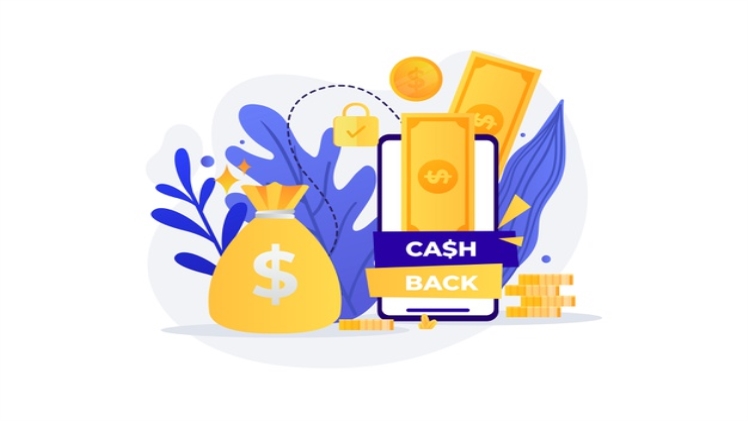Cashback is a credit card benefit through which a cardholder gets back a small sum of money spent on purchasing a product. Through cashback programs, consumers can earn a part of their money back. Almost all credit card companies and many websites offer cashback, and there are varying levels of it depending upon the transaction type.
Cashback programs are usually offered to customers when they initially sign up for a credit card. Customers can choose between a cheque or credit card statement while requesting cashback. Once a product is purchased, there is a time limit within which cashback should be claimed. In some places, customers can receive cashback immediately after purchase. Cashback offers come with their terms and conditions, which a customer needs to meet to get the money. There is also a minimum cash requirement for cashback requests.
The maximum cashback rate for credit cards is usually 5%, with 1% being the minimum. A Merchant Category Code (MCC) system is used to organize cashback categorization. This system was established in 2004 by Internal Revenue Service. A Merchant Category Code is a four-digit number used by credit card companies to identify the type of business a merchant is engaged in and is used to allot card points for purchases.
Advantages of cashback cards
They help increase cash flow for the customer, which in turn can be used for other expenses. Cashback cards can also help in earning reward points. It is also possible to get supplementary cards which family members can then share. Cashback cards also offer perks like purchase and travel insurance, deals, discounts on products, warranties.
Aside from credit cards, cashback debit cards also carry rewards and provide cash rebates on money spent using the debit card.
How to redeem cashback:
Depending on the credit card, there are a number of ways in which cashback can be redeemed. Aside from redeeming cashback through ways like cheques, credit statements, and bank deposits; there are also noncash options where rewards are in forms other than money, such as
-
Donations
Certain cashback cards let the user donate all or some of the money they got to charities of their choice.
-
Merchandise
This option allows the customer to redeem cashback for items such as household appliances, electronics, and other goods.
-
Travel
With certain credit cards, the consumer can use the cash back to book travel through the issuer’s website.
-
Gift cards
Some credit cards allow cashback in gift cards and e- certificates, which[[ can be then used in places like restaurants.
-
Online shopping
Cashbacks can also be used in online shopping, where the consumer can add their card as a payment option and use the cashback redeem for shopping.
Benefits of cashback for a business
While cashback offers let consumers earn part of their money back, they also carry certain benefits to the businesses that offer them.
-
Replacements for discounts
Instead of offering discounts on products, switching to offering cashback is profitable both to the business and the customer. It allows the business to receive the full payment upon purchase and lets them send cashback on a timely basis, instead of lowering the cost of a product for discounts, which might result in losses to the business sometimes.
-
Increases loyalty base
Offering cash backs as rewards act as incentives and makes the consumer buy from the same business again and again. This system fosters loyalty and helps businesses to not only get customers but also retain their customers. Rewarding customers for purchasing is a sure way to make customers return to them. Secrets of the discount stores are very essentail for the shop owner.

